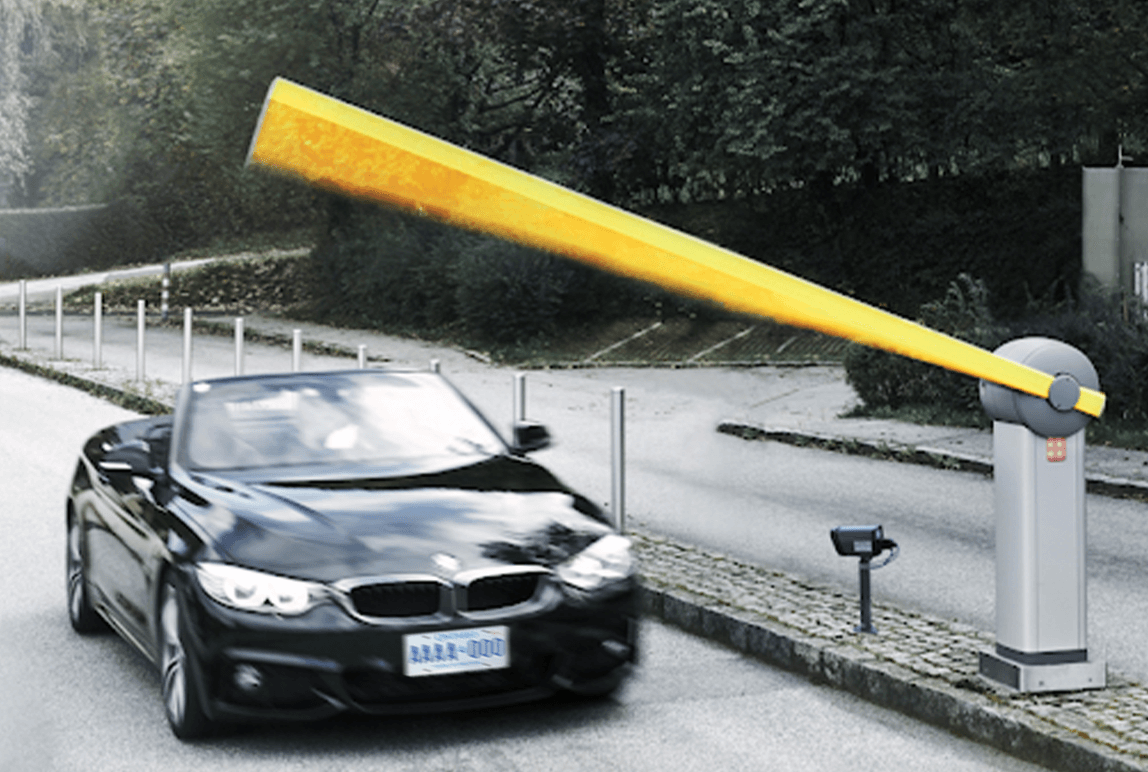The Ins & Outs: Bluetooth Low Energy (BLE) and Parking Access
3.5 min read
Published on Parking Industry Insights
As a society, we have become accustomed to one thing— convenience, and as everyday technologies continue to evolve, so will this need. It is no different in the world of parking and mobility. With parking technologies evolving far past pay-on-foot parking systems, operators, owners and facility managers alike are on the hunt for solutions that create seamless customer experiences, all while increasing operational efficiencies.
Born from a revolutionary data transfer technology with roots in the Internet of Things (IoT), Bluetooth Low Energy (BLE), otherwise known as Bluetooth 4.0, is the future of simplified parking interactions. Why? BLE is essential for mobile parking access to support connectivity and interoperability.
What is Bluetooth Low Energy (BLE)?
When it comes to parking, Bluetooth Low Energy (BLE) is an electronic reader that lets users present their parking access credential via their Bluetooth-enabled smartphone or wearable technology, opening the facility’s barrier gate to allow ingress or egress for the registered user. This technology was designed to keep energy consumption low while effectively communicating data that supports various use cases—including parking access.
How do BLE parking permits work?
With mobile BLE permits, registered users such as staff and tenants can access your gated parking facility by simply turning on their mobile Bluetooth. Once the registered users arrive at the parking entry or exit lane, their mobile BLE permit is detected by a BLE reader, and the gate automatically opens. This software enables easy access to your parking facility and encourages a frictionless experience for your customers.
What do I need to implement BLE permits in my parking facility?
Implementing BLE permits into your parking facility is easier than you think. All that is required is a Bluetooth reader installed as a standalone unit or within the column itself at each entry and exit point. The reader must be paired with an external directional antenna installed in nearby field cabinets. To communicate between systems, a long-range communication radio must also be installed for approximately every 200 feet radius of parking area. Depending on the size of your lot, you could have multiple readers and communication radios. BLE permits must also be paired with a mobile app. This allows customers to easily store their access credentials on their smartphone, making entering and exiting your facility a breeze. And the benefits don’t stop there. The beauty about mobile apps is that they automatically come with a central management system that makes it easy to manage registered users.
If you are interested in offering Bluetooth low-energy permits for your gated parking system, it is important to speak to your current parking technology provider about options that allow for easy integration with your existing in-lane entry and exit columns.
BLE parking permits are a connected solution that provides you ultimate control over your organization, customers, and communities. They can span far beyond parking experiences and into maximum interconnectivity for your entire facility— a great starting point for smart access and connected building strategies.
References
Bray, J. (2022, March 18). Glossary: Parking & mobility industry terms to know in 2022. Parking Industry. Retrieved August 9, 2022, from https://www.parkingindustry.ca/parking-101/glossary-parking-mobility-industry-terms-to-know-in-2022?rq=ble
What is Bluetooth Low Energy? ELA Innovation. (2020, December 30). Retrieved August 9, 2022, from https://elainnovation.com/what-is-bluetooth-low-energy/
Technical Sales Support Manager, Precise ParkLink



